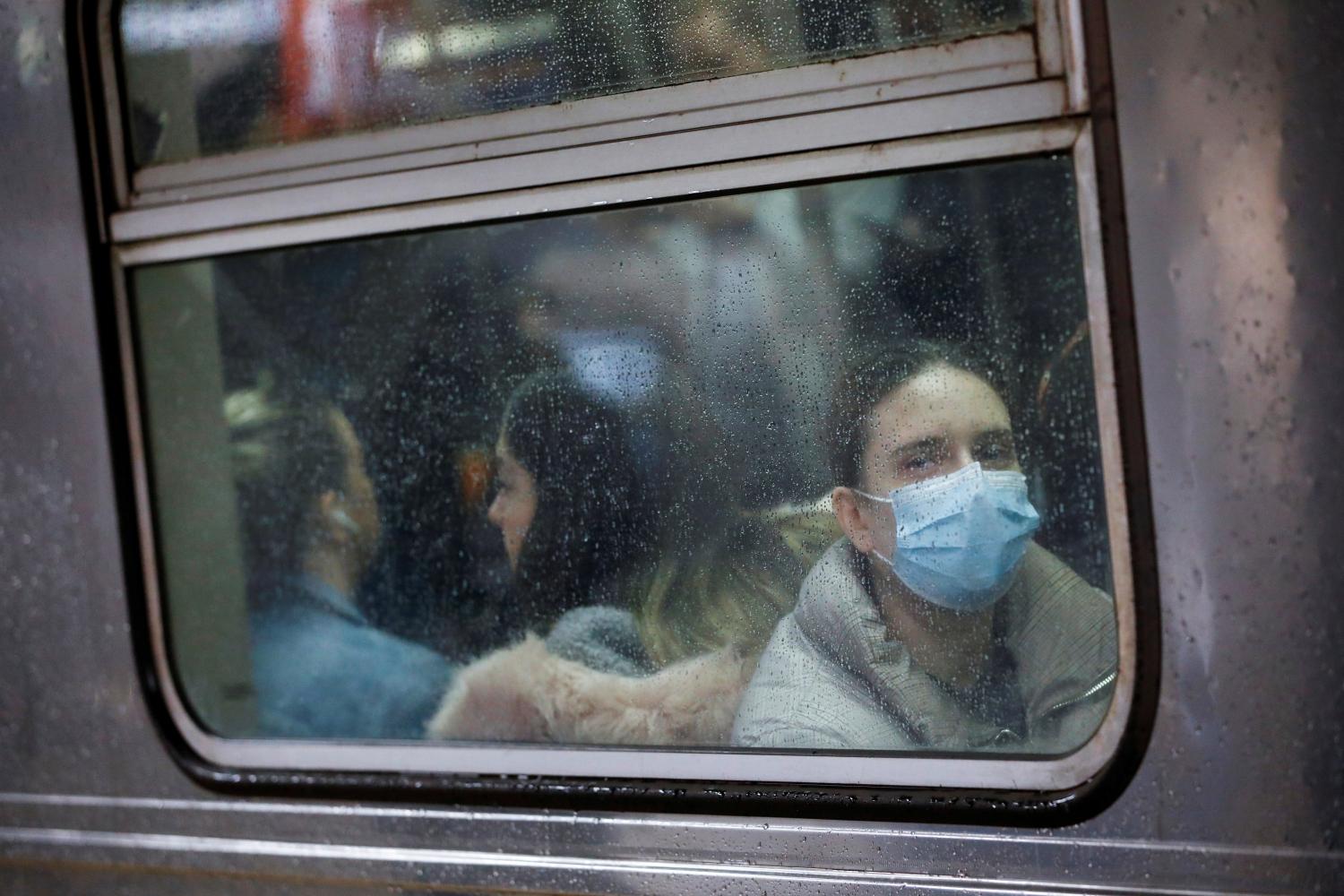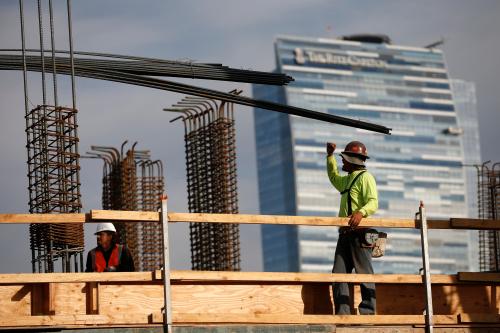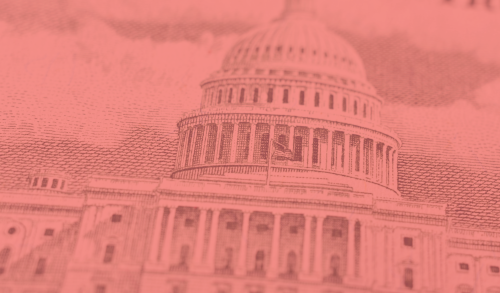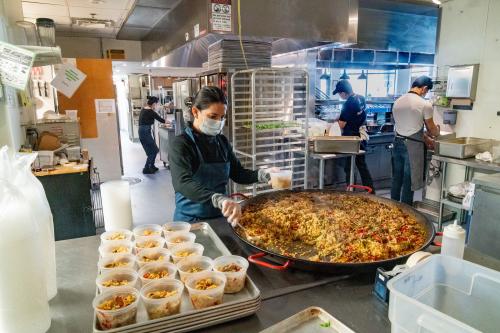This op-ed was originally publish on The Hill on July 17, 2020.
Essential workers have become the face of the country’s COVID-19 response. As many of us huddle in our homes, nurses, grocery workers, bus drivers, and couriers are keeping us safe and giving us some semblance of our old lives. They’re our visible heroes during a time of invisible threats.
But what if we told you the single biggest group of essential workers could find themselves without a paycheck at the end of the month?
That’s the situation facing 23.2 million essential workers employed by state and local governments. With tax revenues rapidly disappearing, a quick economic recovery out of reach, and no choice but to balance their budgets, public officials have already laid off at least 1.5 million of these workers. Teachers, firefighters, social workers, construction workers—no job is untouchable.
This should be a red alert to Congress. In May, the U.S. House of Representatives approved $1 trillion in COVID-19 relief for state and local governments, but since then, the Senate hasn’t taken any steps to advance it. As calls for action increase, federal legislators must recognize that state and local relief is more than just dollars for closing municipal budget gaps—it’s a lifeline to our essential workforce.
Since the onset of COVID-19, we’ve been studying the size and composition of the country’s essential workforce. Using the Department of Homeland Security’s guidelines and Bureau of Labor Statistics data, we sized the country’s essential workforce at 90 million people in 2018, the most recent year with complete data. State and local governments employed 23.2 million essential workers, or one out of every four nationally. That’s a higher share than workers employed in hospitals, grocery stores, warehouses, or any other essential industry.
These state and local workers may not be as visible or as central to the “essential worker” narrative portrayed in the media, but they have been there the whole time. They include bus drivers, highway maintenance workers, water treatment operators, protective service officers, and hundreds of other occupations. They’re putting out fires, teaching our children, and providing free meals in communities of all sizes, from rural towns to the largest cities.
State and local workers are also more racially diverse. Positions in state and local government have traditionally offered pathways to greater job security, skills development, and career growth. Black and Latino or Hispanic workers make up 33.8% of frontline essential positions in government (those required to physically show up to their jobs), compared to 29% across the entire economy. But both before and during COVID-19, these workers have endured the highest levels of unemployment.
The outlook for state and local essential workers is frightening. In just four months, state and local governments shed 1.5 million jobs, bringing their employment down to levels not seen since the dot-com bust of 2000. Yet past recessions and government surveys suggest this is just the first wave of layoffs; unlike small businesses or restaurants—which respond immediately to economic shocks—deep budget and job cuts in state and local government will likely grow in the next few months and fester for years to come.

Certain localities and states will be able to weather the economic storm better than their peers. Some learned from the Great Recession, and more actively saved money for the next economic crisis. Some communities entered the pandemic with strong economic tailwinds, or use a tax structure that can better adapt to the COVID-19 moment. But this economic deluge and heightened need for essential services is too much for even the best-positioned governments.
As a country, we have little choice here. Washington’s leadership needs to reframe the conversation around supporting state and local governments—and fast.
Although the CARES Act offered $150 billion in state and local assistance, governors, mayors, and other leaders have repeatedly expressed that this funding is not enough, and fails to provide flexibility and certainty for ongoing spending. According to the Brookings-Urban Institute’s Tax Policy Center, communities may need $500 billion or more in federal aid to stop the revenue bleed and keep their essential workers on the payroll. The Federal Reserve’s Municipal Liquidity Facility is providing up to $500 billion in short-term credit to assist with these cash flow pressures, but so far only one state (Illinois) out of 250-plus eligible entities has taken advantage. With infrastructure projects already delayed, education facing uncertain costs, and demand for health and social services growing, state and local leaders do not have the luxury of time.
Protecting essential workers may be the exact sloganeering to break the Senate’s resistance. So far, several Senate Republicans have continued to argue against further local and state aid. If targeting is what Senate Republicans want, then Congress can design the aid to directly buttress state and local payrolls. They can also use recent industrial or employment data to target those communities most in need, which is likely to benefit their constituents in the Heartland. Regardless of the final design, the quicker federal legislation gets passed, the quicker state and local officials can rehire their essential workers or cancel planned layoffs.
State and local governments are walking a fiscal tightrope—and losing their balance. If Congress allows them to fall, millions of essential workers will tumble down with them, and communities across the country will face an even deeper, longer-term economic crisis.
The Brookings Institution is committed to quality, independence, and impact.
We are supported by a diverse array of funders. In line with our values and policies, each Brookings publication represents the sole views of its author(s).









Commentary
State and local governments employ the highest share of essential workers. Congress is failing to protect them.
August 3, 2020